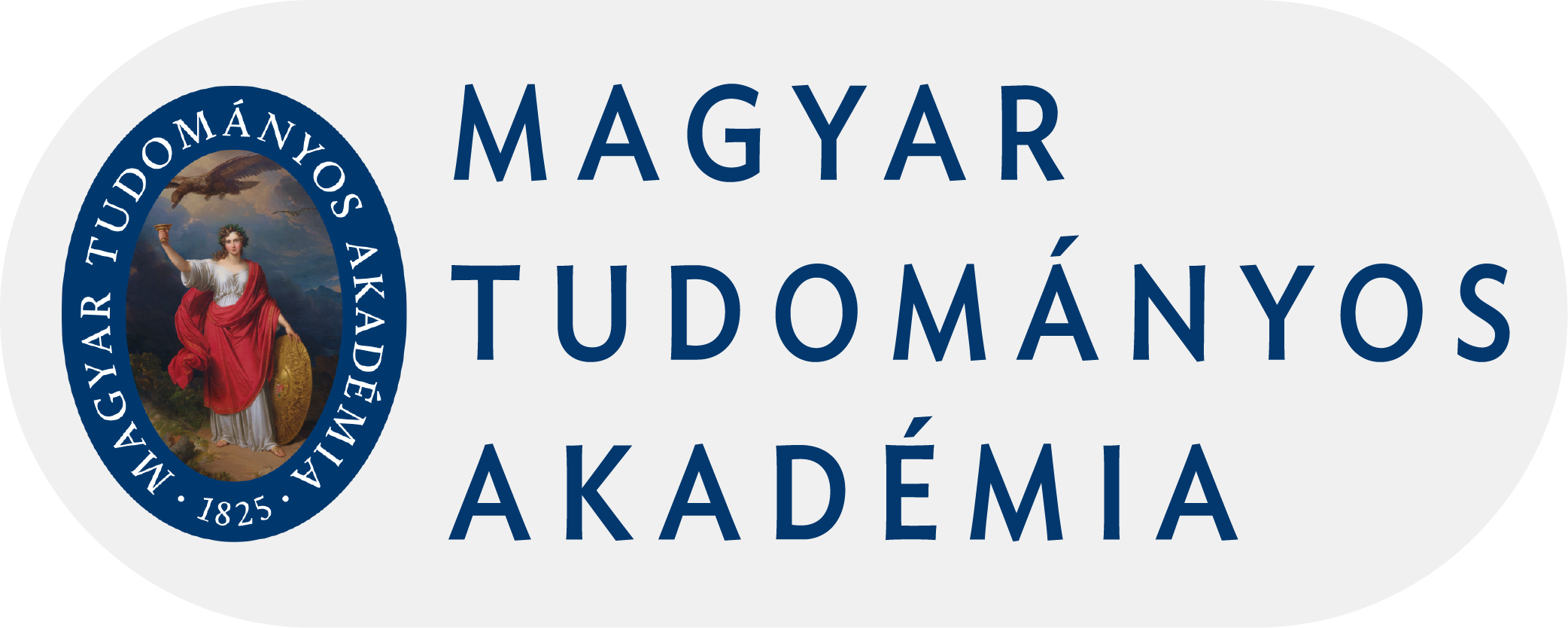Search
Search Results
-
The effect of modified bacterial virulence to host-pathogen relationship (Phaseolus vulgaris L. Pseudomonas savastanoi pv. phaseolicola)
53-56.Views:452The Pseudomonas savastanoi pv. phaseolicola is one of the most expressive biogen stressors of the bean (Phaseolus vulgaris L.) in Hungary. The chemical and agrotechnological defence is inefficient, so breeding is the only workable way. The conventional cultivars are susceptible to PS while most of the new industrial varieties have genetic resistance to the pathogen. The genetic background of resistance is, however, a complex system in the bean. Leaf resistance is a monogenic system, but this gene is not expressed in juvenile stage of the host. The pathogen species can be divided into different races. After inoculation with virulent strains, typical symptoms appeared on the leaves. To understand the details of host-pathogen relationships, there were carried out experiments using bacterial strains with altered virulence. Six transposon mutants of the PS were tested. Our main objective was to test these modified bacterial strains on bean cultivars of known genetic background. First we analysed the symptoms, and then the correlation between the symptoms and the multiplication of mutant bacteria. Three cultivars (Cherokee, Inka and Főnix) were tested.
The infection by the virulent PS isolate produced typical symptoms on the three cultivars tested. Mutant bacteria (except strain 756) did not cause any significant symptoms on the hosts. The mutant 756 induced visible symptoms on the cultivars Cherokee and Inka. On Cherokee there were small watersoaked lesions, and HR (hypersensitivity reaction) was detected on Inka, but this was restricted to some cells only (mikro HR). The rate of multiplication of the wild type strain was much higher than the multiplication of the mutants. Bacteria were detected in the cotyledons and primordial leaf, but there is not any substantial number of bacteria in leaves, except for strains 757, 1212 and 1213. The rate of multiplication of strain 756 was intermediate. These, and other experiments can help to understand the genetic background of resistance and the host-pathogen relationship in the Pseudomonas-bean pathosystem.
-
Studies on the Tobamovirus resistance of the pepper (Capsicum annuum L.) cultivar Greygo
71-75.Views:226Resistance of the Hungarian pepper (Capsicum annuum L.) cultivar "Gre.ygo" to Tohamoviruses has been investigated. All plants of the population of Greygo proved to be resistant to tobacco mosaic and tomato mosaic viruses (TMV, ToMV), both represent the pepper pathotypes Po of Tohamoviruses. Individuals of Greygo, however, were found to be susceptible to pathotypes P12 and P123 of pepper mild mottle virus (PMMV). When inoculated with the XM isolate of dulcamara yellow fleck virus (DYFV, pathotype P1) the population of Greygo segregated in resistant and susceptible plants. These results as well as inoculations of the progenies of three TMV resistant plants clearly showed, that besides the resistance allele Li the cultivar Greygo possesses also an another allele. This allele, provisionally marked by L2g behaves like to the allele L2 characteristic to Capsicum frutescens cv. . Tabasco. Determination of the identity of the allele L2g to the allele L2 needs further genetic and pathological informations. Relations between the Tohamoviruses pathogenic to pepper and the alleles of the resistance gene L are outlined for the discussion.
-
Study of genetic transformation efficiency via organogenesis and embryogenesis in eggplant (Solanum melongena L. cv. Embti): effects of co-culture, temperature and kanamycin and hygromycin-based selection procedures
15-23.Views:359The effects of kanamycin and hygromycin-based selection and co-culture temperature ranging from 22 to 28 °C upon eggplant transformation efficiency were evaluated. Both morphogenic pathways, somatic embryogenesis and organogenesis, were adopted using cotiledonary and hypocotyl explants, respectively. Somatic embryos were recovered in the presence of both antibiotics, although lesser escapes were observed in hygromycin-supplemented medium. Indeed, selection provided by this antibiotic was more efficient compared to kanamycin, nevertheless, shoot regeneration was not observed with hygromycin. Significant difference on the frequency of cotiledonary explants displaying callus (FEC) was observed as embryogenesis was concerned, although a higher number of embryos was observed in hygromycin selective media. The frequency of explants presenting callus (FEC), embryos (FEE) and shoots or buds (FERG) did not differ statistically for the tested co-culture temperatures, although higher regenerant number was observed at 24 °C.










